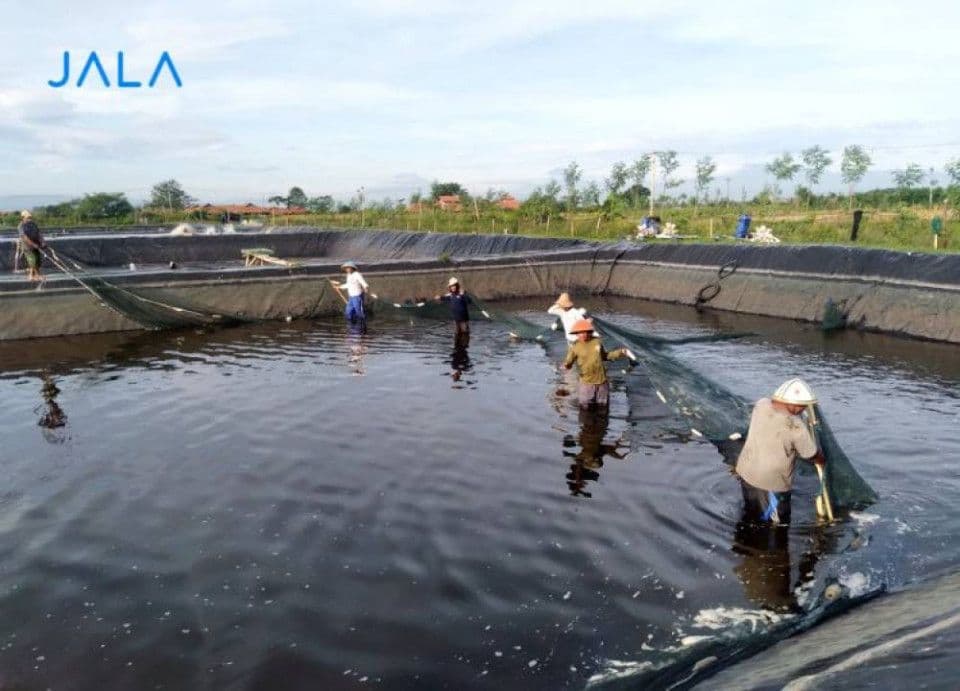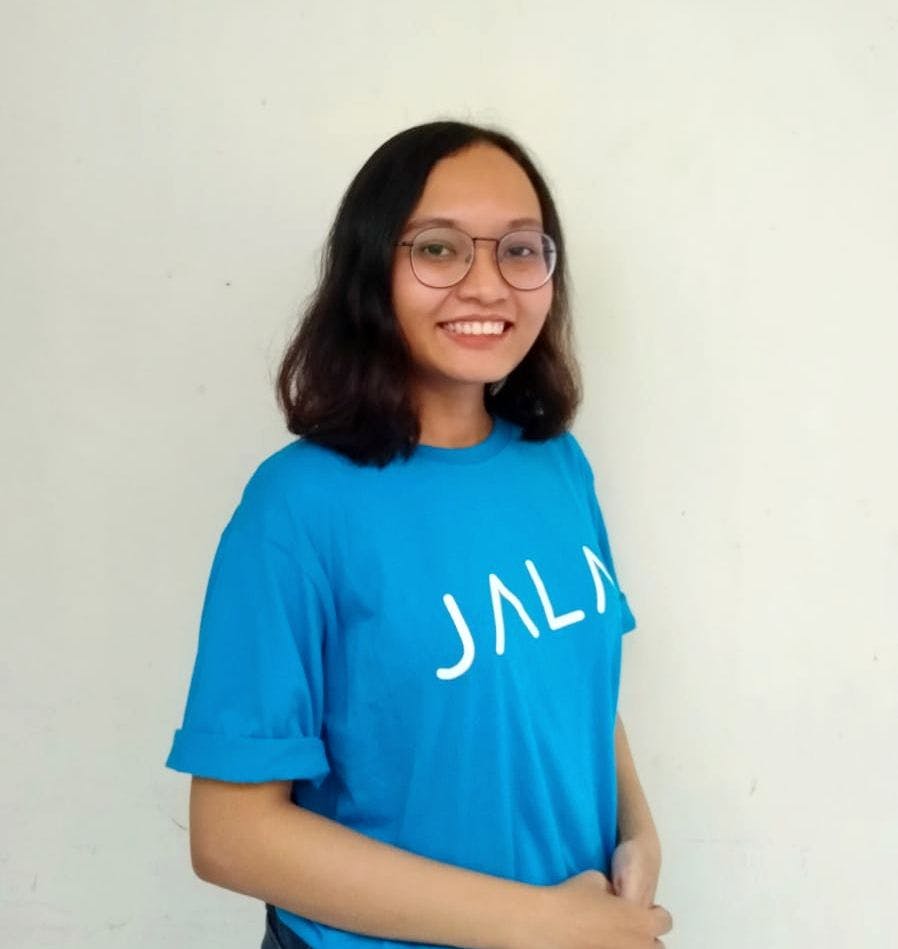
Regencies where shrimp is the main commodity
Shrimp is one of the most in-demand fisheries commodities. According to data from the Indonesian Ministry of Maritime Affairs and Fisheries, shrimp is the largest export commodity in Indonesia compared to other fishery commodities. In 2020, its export volume reached 239.28 million kgs, with a value of US$ 2.04 billion.
The rising demand for shrimp has prompted the growth of shrimp farming in numerous regions in Indonesia. As a result, the shrimp farming industry in Indonesia continues to expand. Over a ten-year period (2009-2019), the annual growth rate of vannamei shrimp production in Indonesia reached 2.4 percent.
Shrimp farming business in Indonesia is spread in coastal areas. Some of them are:
South Lampung, Lampung
Vannamei shrimp is one of the leading commodities in South Lampung. Despite being affected by the COVID-19 pandemic, the industry is gradually getting back on its feet This is shown by the rising market price of vannamei shrimp. Furthermore, the shrimp industry in South Lampung is being supported by the development of pilot ponds in an endeavor to restore the glory of the shrimp commodity in Lampung.
Cirebon, West Java
Rebon shrimp is a popular commodity in Cirebon. However, in addition to rebon shrimp, people in Cirebon are also interested in vannamei shrimp farming because the risk of failure is lower. Cirebon's extensive water area helps to support vannamei shrimp farming.
Situbondo, East Java
The majority of shrimp ponds in Situbondo Regency use an intensive cultivation system where the density of stock is high. This is one of the reasons behind the regency's high productivity per area of shrimp ponds. In terms of quality, shrimp cultivated in Situbondo are also relatively better because the sea water on the area's coast is calmer and less polluted by industrial pollutants.
Jembrana, Bali
In contrast to the majority of Bali's other districts which prioritize tourism, Jembrana Regency prioritizes the fishery sector, particularly shrimp farming. Almost all of the farmers in the district cultivate in traditional or extensive ponds. Nonetheless, the shrimp industry actors and the local government continue working to boost its production.
Lombok, West Nusa Tenggara
Aside from tourism, the fisheries sector, particularly shrimp farming, is significant to Lombok Island. Farmers in Lombok can produce more than 200 tons of Vannamei shrimp in a single harvest cycle. Shrimp farming on this island is primarily focused on meeting the country's need for shrimp.
Shrimp farming in Indonesia's shrimp production areas should be maximized. Its productivity will undoubtedly increase if it runs optimally. To that aim, the Indonesian Ministry of Maritime Affairs and Fisheries has implemented a number of strategies to boost shrimp farming productivity in Indonesia. Two of these are projects for integrated shrimp farming and pond revitalization.
In addition, digital technology for shrimp farming must be implemented. Farmers will be more supported in running cultivation through the use of digital technology, and cultivation production is expected to increase. If these measures are effective, the Indonesian Ministry of Maritime Affairs and Fisheries' production target of 2 million tons by 2024 is not impossible to achieve.





